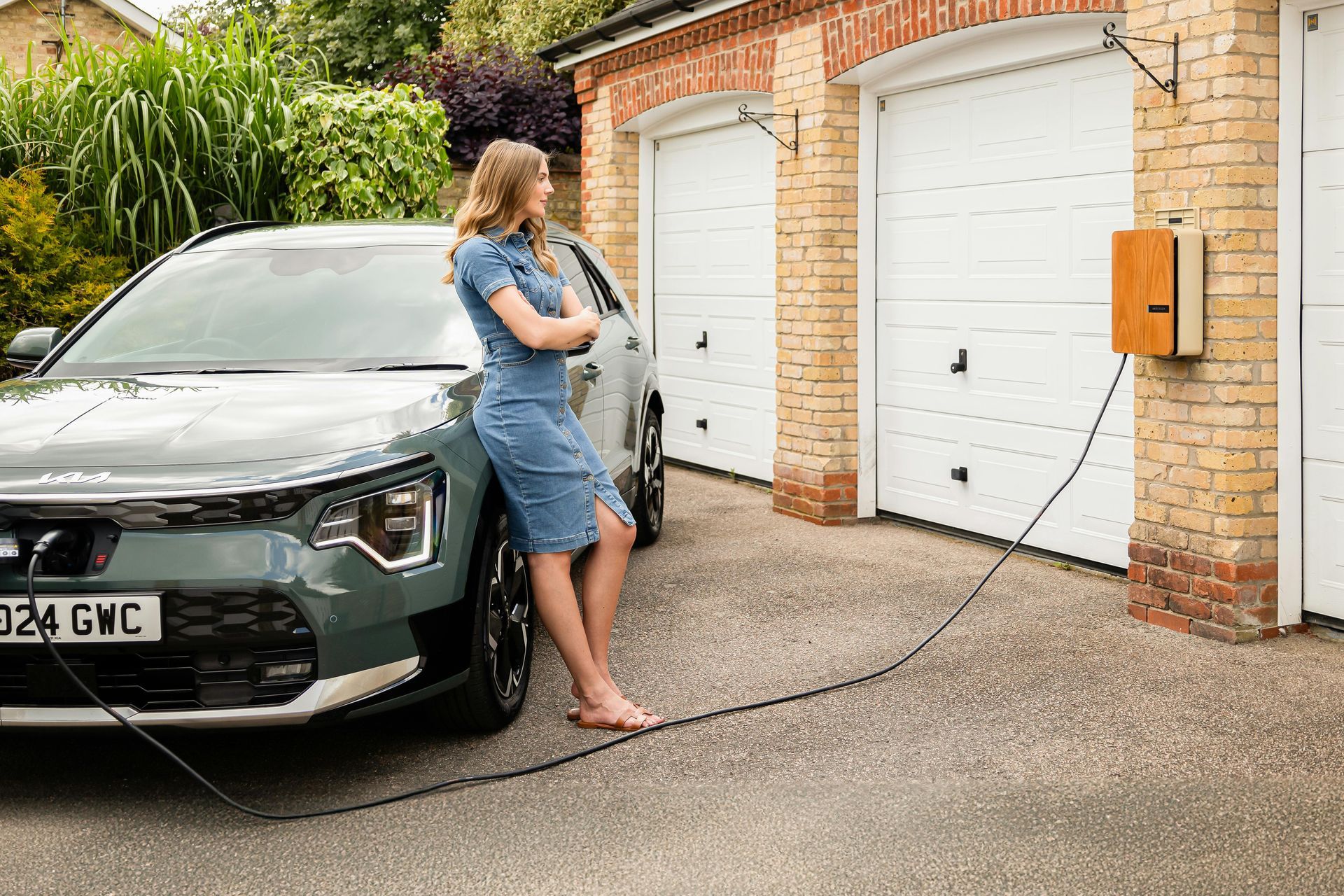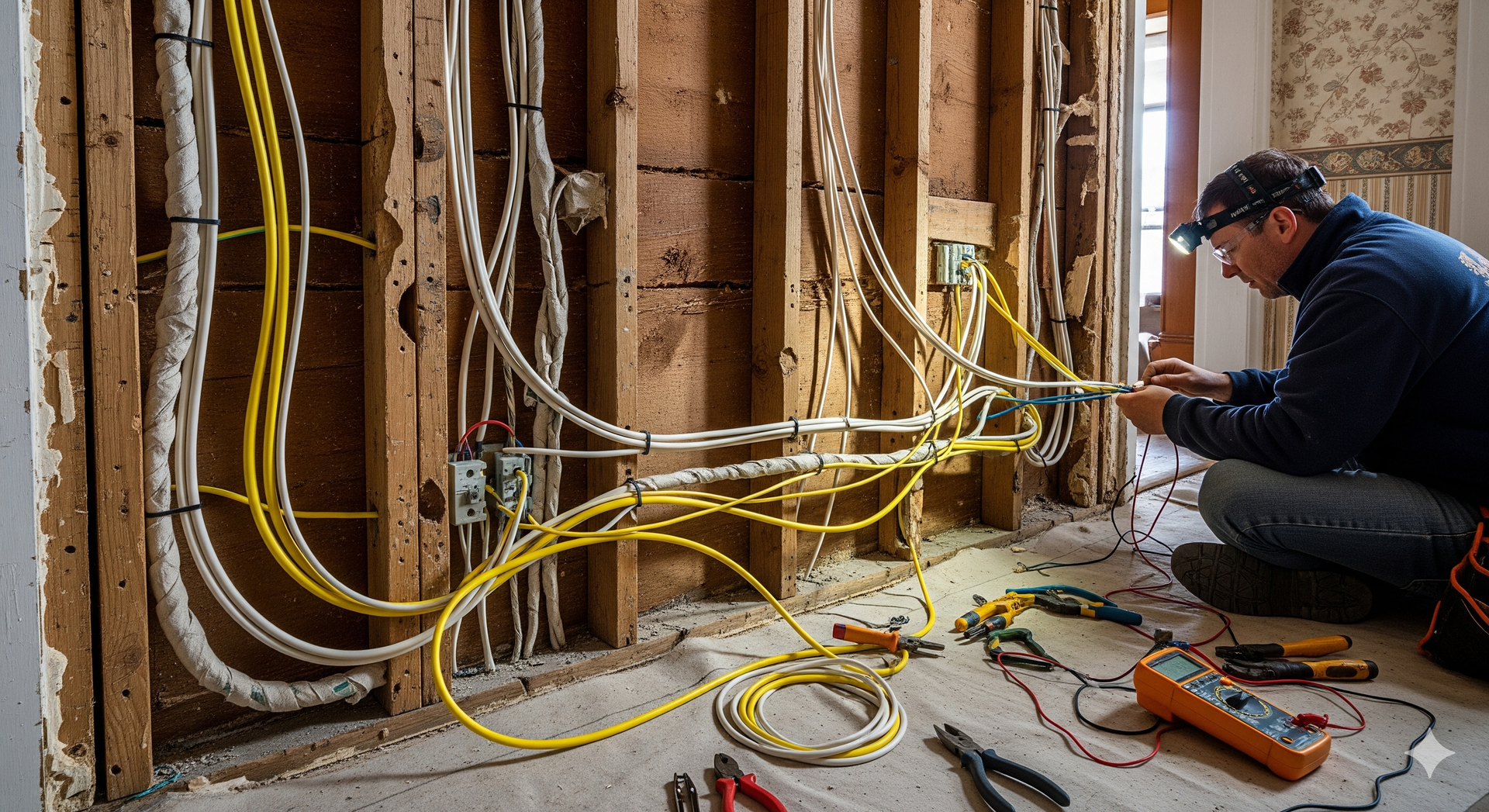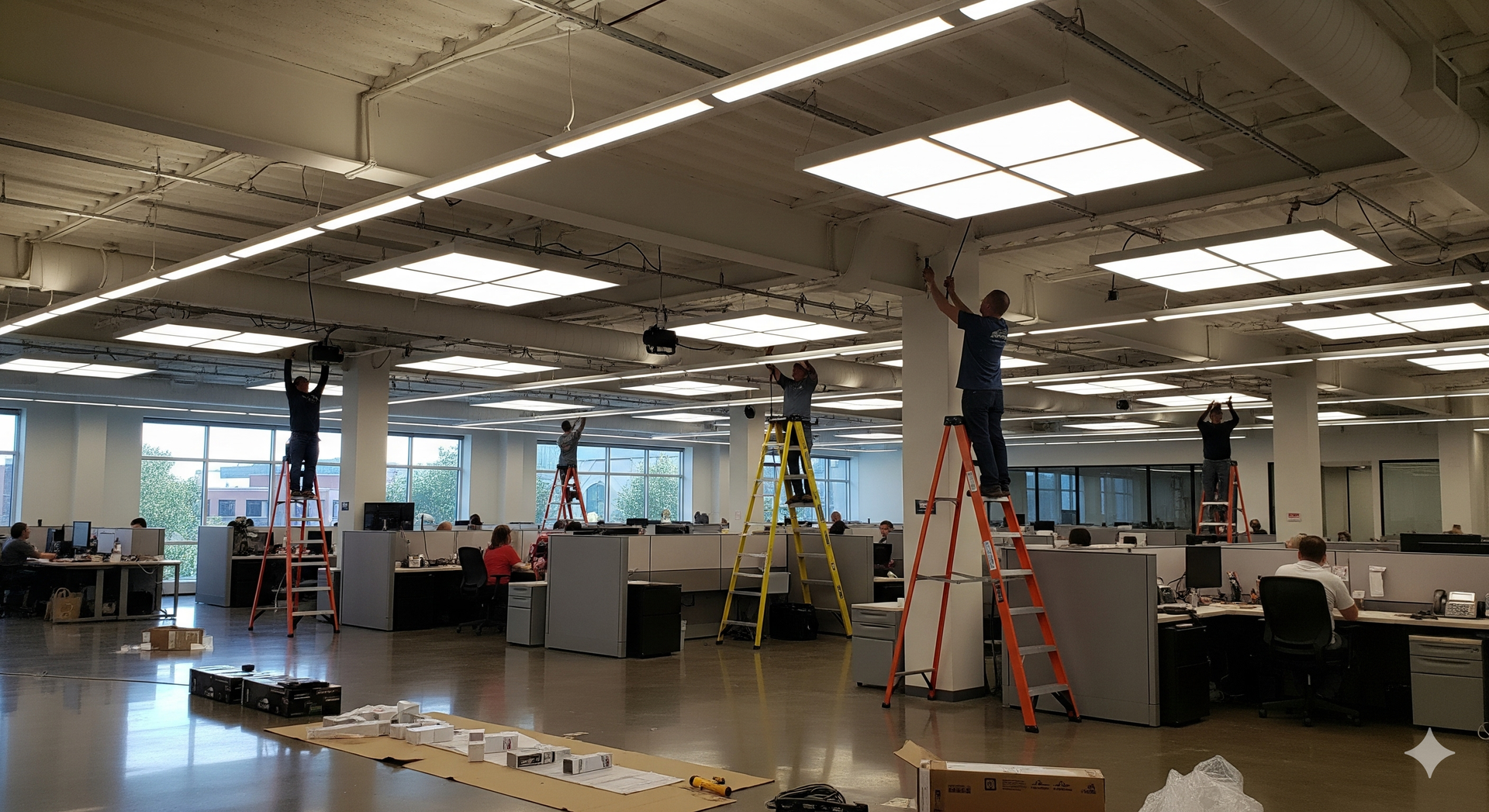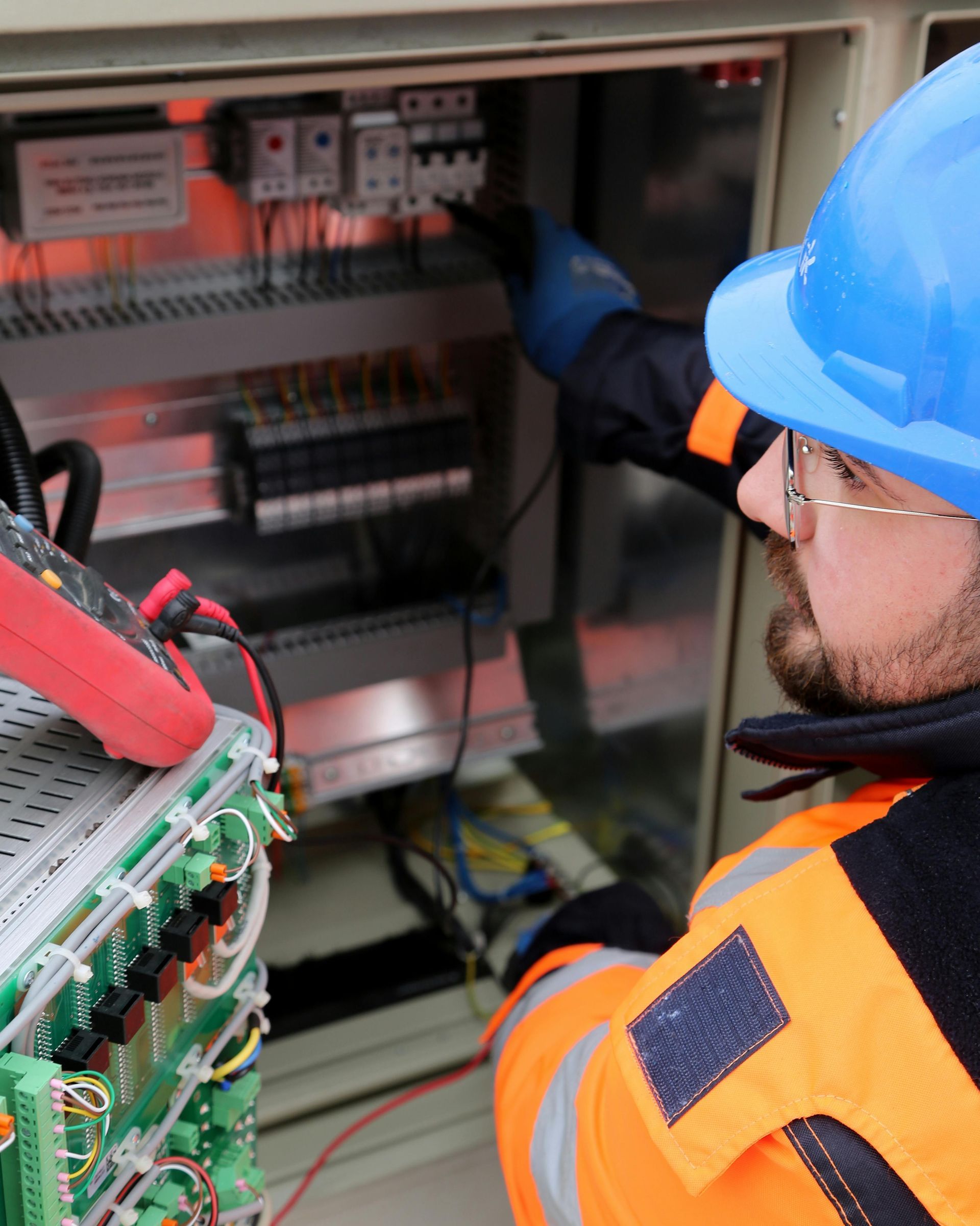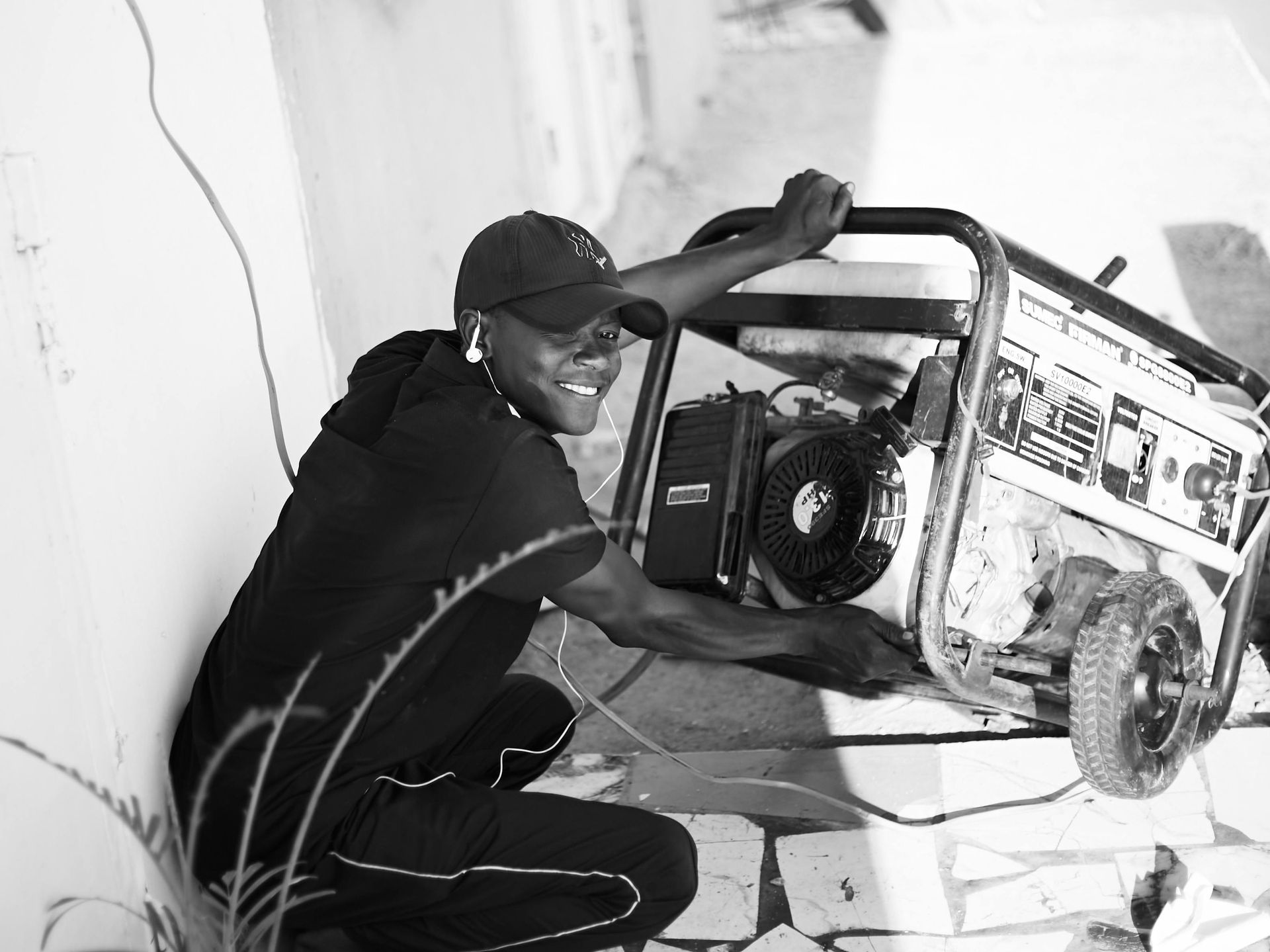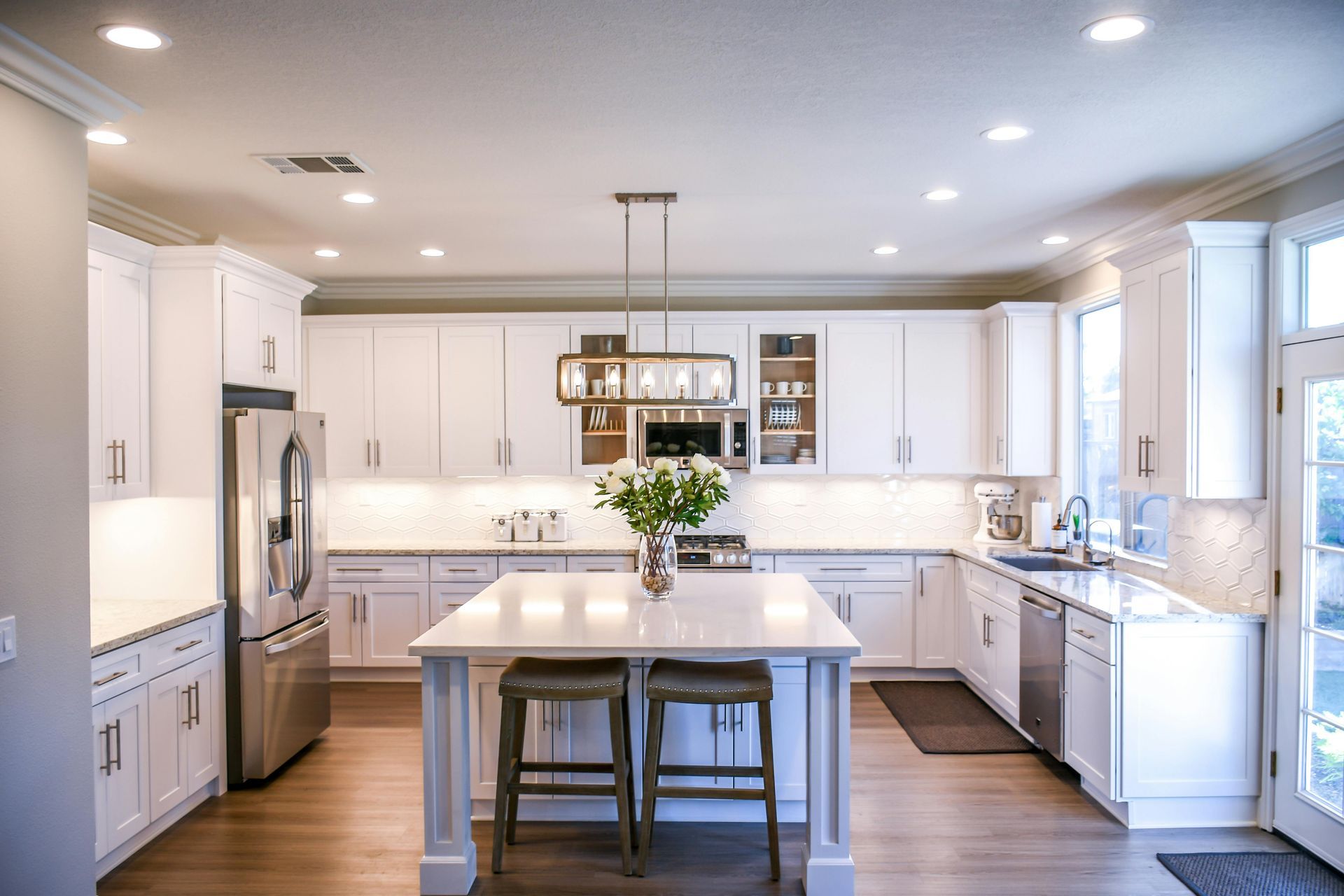How Much It Costs to Upgrade Your Electrical Panel in 2025
Upgrading your electrical panel in 2025 typically costs between $1,000 and $3,000, covering labor, materials, and permits—it’s like giving your home a power boost. Prices depend on panel size—100, 150, or 200 amps—and how tricky the job is. Don’t forget extra costs like inspections or surprise repairs that can sneak in. Hiring a solid electrician helps you avoid shocks in the budget. Stick around, and you’ll get smart tips and deeper insights on what really affects the price.
Key Takeaways
- Upgrading an electrical panel typically costs between $1,000 and $3,000, including labor, materials, and code compliance.
- Labor rates, job complexity, and panel material quality significantly influence the total upgrade cost.
- Permit fees usually add $50 to $200, while unexpected repairs can increase expenses by $100 to $500 or more.
- Choosing the right panel size (100-, 150-, or 200-amp) affects both cost and power capacity for your home.
- Obtaining multiple quotes from licensed electricians ensures competitive pricing and thorough service for your upgrade.
Average Cost Breakdown for Electrical Panel Upgrades
When it comes to upgrading your electrical panel, knowing the average costs can save you from sticker shock. Typically, panel installation runs between $1,000 and $3,000. This covers swapping out your old panel for a new one that meets the latest electrical code requirements.
Think of it as giving your home’s electrical system a fresh, safe heartbeat. The electrician’s labor usually makes up a big part of the price because they've to follow strict electrical code rules to keep everything safe and up to standard.
Materials for the panel and circuit breakers add to the total, but don’t worry—it’s all part of making sure your home stays wired right. Upgrading your panel isn’t just about spending money; it’s about joining the community of smart homeowners who care about safety and reliability.
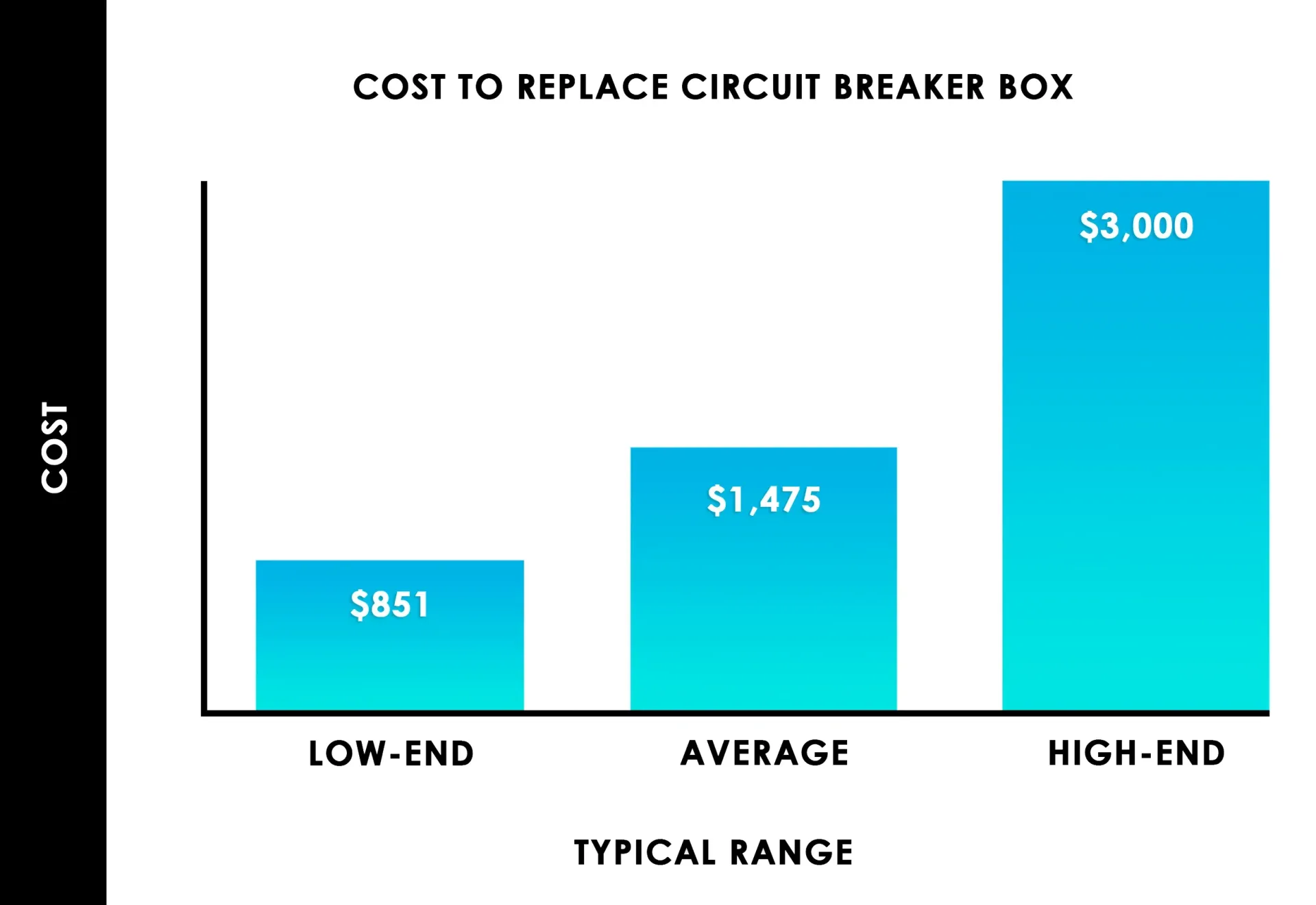
Factors That Influence the Price of Upgrading Your Panel
When it comes to upgrading your electrical panel, knowing the average costs can save you from sticker shock. Typically, panel installation runs between $1,000 and $3,000. This covers swapping out your old panel for a new one that meets the latest electrical code requirements.
Think of it as giving your home’s electrical system a fresh, safe heartbeat. The electrician’s labor usually makes up a big part of the price because they've to follow strict electrical code rules to keep everything safe and up to standard.
Materials for the panel and circuit breakers add to the total, but don’t worry—it’s all part of making sure your home stays wired right. Upgrading your panel isn’t just about spending money; it’s about joining the community of smart homeowners who care about safety and reliability.
Factors That Influence the Price of Upgrading Your Panel
Costs for upgrading your electrical panel can vary quite a bit, and it’s not just about the price tag you saw earlier. Several factors cause these cost fluctuations, so knowing them helps you plan better.
First up, panel materials matter—copper wiring usually costs more than aluminum, but it’s often worth it. Then, the complexity of the job, like how old your house wiring is or if your panel is in a tricky spot, can push prices up. Labor rates also differ by location and electrician experience. Finally, permits and inspections add to the total cost.
Here’s a quick peek at how these factors stack up:
| Factor | Impact on Cost | Why It Matters |
|---|---|---|
| Panel Materials | Moderate to High | Better materials last longer |
| Job Complexity | High | More work means higher bills |
| Labor Rates | Moderate | Varies by region and skill |
| Permits | Low to Moderate | Required for legal upgrades |
| Inspection | Low | Confirms safety and compliance |
Differences Between 100-Amp, 150-Amp, and 200-Amp Panels
Choosing between a 100-amp, 150-amp, or 200-amp electrical panel might sound like picking a size at a burger joint, but it’s actually about how much power your home can handle safely.
Your panel capacity decides how many appliances and devices can run without tripping breakers or risking electrical safety.
Here’s a quick rundown:
- 100-amp panels work for smaller homes or apartments with basic electrical needs.
- 150-amp panels offer a middle ground, great if you’ve added a few gadgets or a small workshop.
- 200-amp panels handle larger homes with lots of tech, central AC, or electric vehicles.
- Bigger panels mean better electrical safety and room for future upgrades, so you’re not stuck later.
Choosing the right panel keeps your home safe and powers everything without a hitch.
It’s about fitting your lifestyle and feeling confident your system won’t overload.
Additional Expenses to Consider Beyond the Panel Itself
Even though the panel itself grabs most of the spotlight, there’s more to upgrading your electrical setup than just swapping out that box. You’ll want to factor in permit fees—those official permissions can sneak up on you but are totally necessary to keep things legal and safe. Then, there’s the chance of unexpected repairs, like outdated wiring or hidden damage, which can add a few surprises (and dollars) to your bill.
Here’s a quick look at some common extra costs:
| Expense Type | Typical Cost Range | Why It Matters |
|---|---|---|
| Permit Fees | $50 - $200 | Keeps your upgrade up to cod |
| Unexpected Repairs | $100 - $500+ | Fixes hidden issues |
| Materials & Extras | $50 - $150 | Wires, breakers, and more |
Thinking about these extras helps you budget smarter, so your upgrade goes smoothly without wallet shocks. You got this!
How Labor Costs Vary by Region and Complexity
Now that you’ve got a handle on those extra fees like permits and surprise repairs, let’s chat about labor.
Labor costs can really swing depending on where you live and how tricky the job is. The labor market plays a big role, with electricians in busy cities often charging more than those in smaller towns. Plus, electricians might charge extra if your home’s setup is more complex.
Here’s what you should know about labor costs:
- Regional differences mean prices vary a lot—big cities usually cost more.
- Job complexity adds to the time and skill needed, raising costs.
- Labor market demand affects hourly rates; high demand can bump prices up.
- Experience level of the electrician can influence the bill—you get what you pay for!
Benefits of Upgrading Your Electrical Panel
While upgrading your electrical panel mightn't be the most exciting home project, it can seriously boost your house’s safety and power game. Think of it as giving your home’s electrical system a fresh, stronger backbone.
You’ll enjoy better energy efficiency, meaning your gadgets run smoother without wasting juice, which is great for your wallet and the planet. Plus, safety improvements are a big deal here. An updated panel helps prevent overloads and electrical fires, so you can kick back knowing your home is safer for your family and pets.
It also means fewer annoying power trips when you turn on too many things at once—yes, no more sudden blackouts during movie night! Upgrading connects you with a smarter, more reliable setup that keeps up with modern tech demands.
Tips for Finding a Qualified Electrician and Getting Accurate Quotes
Since upgrading your electrical panel is a big deal, finding the right electrician makes all the difference. You want someone who’s not just skilled but also trustworthy.
Here’s how to zero in on the best fit and get accurate quotes:
- Check electrician qualifications. Make sure they’re licensed and insured—it’s your safety net.
- Ask for references. Hearing from past customers gives you a real feel for their work.
- Get multiple quote comparisons. Don’t settle for the first price; seeing different bids helps you spot fair deals.
- Clarify what’s included in each quote. Sometimes, the cheapest isn’t the best if important details are missing.
Frequently Asked Questions
How long does an electrical panel upgrade typically take?
You’ll find time estimates for an electrical panel upgrade usually range from 3 to 8 hours. Your project timeline depends on your home’s complexity, but rest assured, you’re part of a community traversing this process together.
Is upgrading my electrical panel covered by home insurance?
Upgrading your electrical panel isn’t usually a walk in the park for insurance coverage. You’ll want to check your policy limitations carefully, so you’re not left in the dark when it comes to insurance coverage for upgrades.
Can I upgrade my electrical panel myself legally?
You can explore DIY considerations, but legal regulations often require licensed electricians for electrical panel upgrades. To stay safe and compliant, you’ll want to connect with your local community and follow official guidelines before starting.
What safety precautions should I take during an upgrade?
Did you know electrical hazards cause 20,000 injuries yearly? You’ve got to wear safety gear like gloves and goggles, turn off power, and double-check everything. Staying safe keeps our community strong and connected.
Will upgrading my panel increase my home’s resale value?
Upgrading your panel can boost your home's resale value, making your property investment smarter. Buyers appreciate modern, safe electrical systems, so you’ll feel confident knowing you’re enhancing your community’s quality and your belonging within it.
Final Thoughts
Now that you’ve got the lowdown on
electrical panel upgrades, you might be wondering, “Is it really worth it?” Well, upgrading isn’t just about avoiding outages or flickering lights—it’s about
future-proofing your home and keeping your family safe. So, before you put it off, remember this: the right panel upgrade can
save you headaches down the line. Ready to take the plunge?
Just make sure you hire a pro like
A.R.E. Louisiana who knows their stuff

